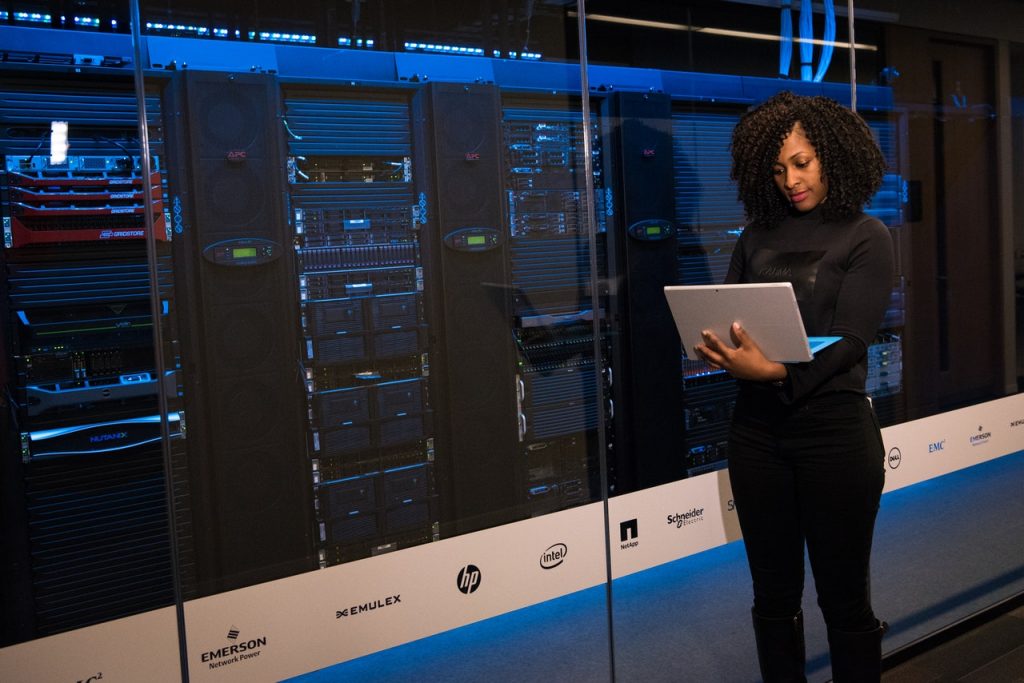No pandemic will likely dampen the demand for food processing. In fact, it may only highlight the industry’s importance.
According to ResearchAndMarkets.com, the food processing market could achieve a compound annual growth rate of at least 4 percent between 2019 and 2024. By the end of the forecast period, its value could have already grown by over $4 trillion.
Along with its growth is also the continuous popularity of components that guarantee every phase of food processing is compliant with government regulations, safe, and efficient. These include the possibly higher demand for the industrial gas heater.
But there’s another trend—this time, technological—that may further benefit industrial facilities. This will be the merging of information technology (IT) and operations technology (OT).
What’s the Difference Between—and Problem with—IT and OT?
Most industries these days use OT and IT in their processes or operations, but many seem to confuse these terms.
OT refers to the computing concept, model, or product that regulates, manages, or even operates different industrial systems. Take, for example, temperature- and pressure-sensitive instruments in a food processing plant.
A long time ago, controlling the settings meant being physically near these components. With the introduction of OT, users can already adjust their preferences through a few buttons. Systems can now run more efficiently and for longer periods with greater accuracy and safety.
Meanwhile, IT refers to the process, system, or model of storing, processing, transmitting, and retrieving information. Perhaps one of the simplest and most common examples is organization email.
These two technologies, OT and IT, can run inside an organization. They can also benefit from each other. OT holds a vast amount of data it collects through its daily operations. IT can process this information and help users analyze it.
This way, a business can uncover plenty of useful information critical in decision-making. These can include how to make the system more energy-efficient or productive, as well as the various ways they can maximize the equipment to boost revenues or cash flow.
The problem is the IT/OT gap. While they co-exist, they seem to run parallel with each other. Many factors contribute to this issue:
1. Growth
There’s no doubt that IT has grown immensely over the last few years. The market size of the Internet of things (IoT) could reach over $1.5 trillion by 2025, according to Statista. But this also seems to indicate that IT is already surpassing OT when it comes to development.
OT is also improving. The systems used by industries today are already more modern. But because many of their components are proprietary and may even come from various manufacturers, they often turn out to be legacy. If food manufacturing plants want more up-to-date tools, they may have to replace the entire unit than upgrade the software.

2. Connectivity Issues
IT and OT don’t speak the same language. IT’s communication protocols now are TCP/IP, allowing networks to connect wirelessly. This also means that data may already be sent and made available anytime, anywhere via the cloud.
On the other hand, OT’s systems can come with multiple physical layers. As mentioned too, they can be legacy, which will be incompatible with the newest communication protocol of IT.
Bridging the Gap
What happens if a food processing facility can bridge the gap between IT and OT? These are the possible scenarios:
- The business can now take advantage of edge computing. This concept or principle means processing critical data at the source instead of sending all of them to the cloud or different data centers around the world. An industrial gas heater, for example, can adjust its temperature based on the parameters or information it can gather.
- Food processing companies can be more accurate with their inventory forecast. Thanks to the vast data they can collect from OT systems, they can improve their just-in-time inventory strategies. They may even specialize in on-demand manufacturing.
- They can tap into the wealth of data OT systems contain. OT systems can have a lot of helpful information, but the gap prevents IT from harnessing it.
Currently, one of the techniques to merge IT and OT is to use middleware, such as a smart data collector. It can work through a process called network sniffing via port mirroring.
To understand this, data travels through a network in packets or chunks. The middleware “copies” the vital information and then analyzes it without changing the value or quality of the originally transmitted information.
Middleware is the baby step toward merging, but the most important thing is the industries are making progress. Convergence allows them to make the most of their available resources.
